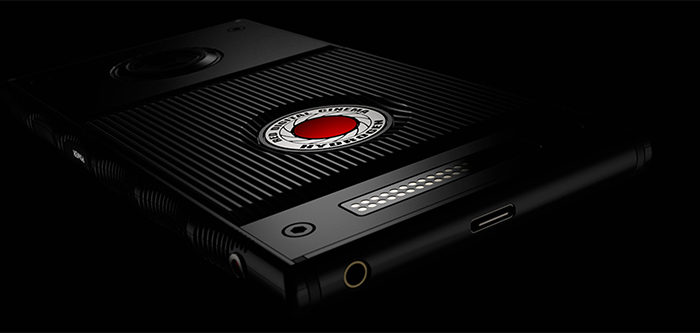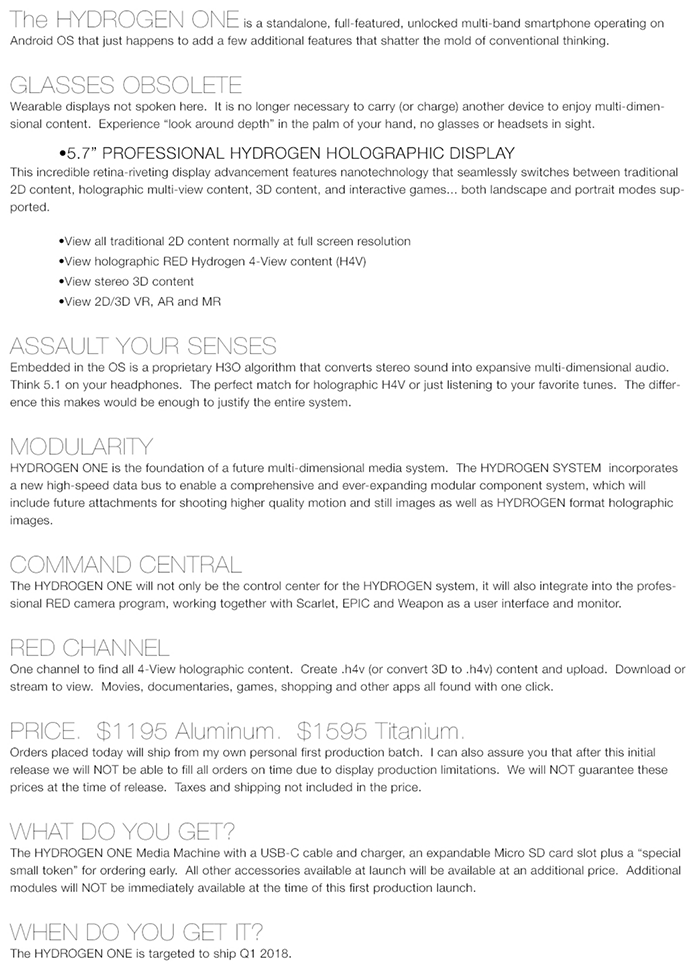Leica TL2 officially announced and available for preorder at Bhphoto
Leica today announced the new Leica TL2. Preorders are open at Bhphoto.
Leica today announced the new Leica TL2. Preorders are open at Bhphoto.

It seems like we are finally there: Nikon will launch a professional system camera! This has been confirmed in an interview with Nikon CEO Kazuo Ushida at Newswitch.jp. He didn’t share any details about the new camera but he said it will beat the performance of existing mirrorless cameras. Quite a statement….we will see if it becomes true!
The folks over at TheCameraStoreTV tested the Fuji GFX-50s medium format camera. Did they like the new camera? Check out the video!

RED announced the development of the HYdrogen One. It’s a smartphone with holographic screen. This is the press text:
